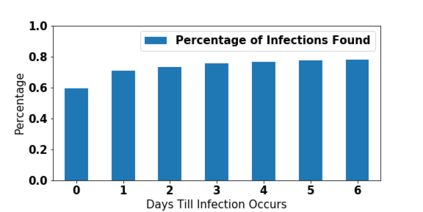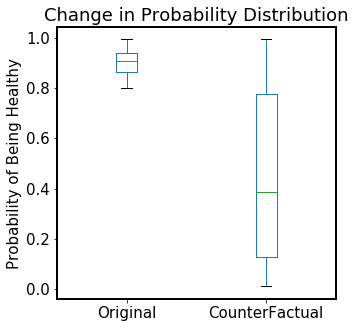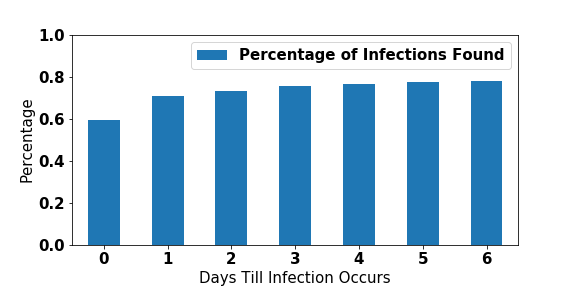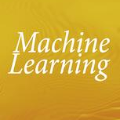Mastitis is a billion dollar health problem for the modern dairy industry, with implications for antibiotic resistance. The use of AI techniques to identify the early onset of this disease, thus has significant implications for the sustainability of this agricultural sector. Current approaches to treating mastitis involve antibiotics and this practice is coming under ever increasing scrutiny. Using machine learning models to identify cows at risk of developing mastitis and applying targeted treatment regimes to only those animals promotes a more sustainable approach. Incorrect predictions from such models, however, can lead to monetary losses, unnecessary use of antibiotics, and even the premature death of animals, so it is important to generate compelling explanations for predictions to build trust with users and to better support their decision making. In this paper we demonstrate a system developed to predict mastitis infections in cows and provide explanations of these predictions using counterfactuals. We demonstrate the system and describe the engagement with farmers undertaken to build it.
翻译:对现代奶制品业来说,马斯提炎是10亿美元的健康问题,对抗生素抗药性有影响。使用人工智能技术来确定这种疾病的早期发病,因此对农业部门的可持续性有重大影响。目前治疗马斯提炎的方法涉及抗生素,这种做法正日益受到监督。使用机器学习模型来识别有可能发展马斯提症的牛,并且只对这些动物实施有针对性的治疗制度,有助于采取更可持续的方法。然而,从这些模型中得出的不正确的预测可能导致货币损失,不必要的使用抗生素,甚至导致动物过早死亡。因此,重要的是为预测提供令人信服的解释,以便与用户建立信任,并更好地支持他们的决策。在本文中,我们展示了一种用来预测牛的马斯提炎感染的系统,并用反事实来解释这些预测。我们展示了这个系统,并描述为建立这个系统而与农民接触的情况。







